Scandinavian art, deeply rooted in remarkable historical eras such as the Viking Age, and having undergone significant transformations through eras like the Renaissance and the modernist period, offers a unique artistic perspective. The profound influence of its rich culture, traditions, and awe-inspiring landscapes translates into a captivating art form. In this narrative, a comprehensive exploration into the vast world of Scandinavian art, its key movements and themes, the influential artists and their works, and the global significance of this regional art in the contemporary scene will be conducted.
History of Scandinavian Art
The Beginning: Viking Age and Middle Ages
The history of Scandinavian art traces back to the Viking Age, which lasted from the late 8th century to the early 11th century. The art of this era reflects the rich mythology, seafaring traditions, and war-centric lives of the Vikings. Viking Age art is mainly characterized by intricate patterns, animalistic styles, and depictions of mythical creatures such as dragons and serpents. Norse rune stones, which were often raised as memorials to the dead, are one of the most prominent surviving examples of Viking art.

Transition to Renaissance and Romantic Periods
In the late Middle Ages, Scandinavian art began to shift towards the European styles. The Renaissance, which took hold in Scandinavia around the 16th century, led to the representation of more humanistic themes, while still incorporating traditional Scandinavian elements. This period saw a significant increase in portraits and landscapes, with Danish artist Melchior Lorck being a renowned figure for his detailed renditions.
The Romantic period, taking place in the late 18th and early 19th centuries, further emphasized the beauty of nature. Scandinavian artists began to portray the region’s majestic landscapes, harsh climates, and local folk traditions in their works. Norwegian artist Johan Christian Dahl was a significant player in this movement, often known as the “father of Norwegian landscape painting.”
Modernist Era and Beyond
The modernist era, beginning in the late 19th century, had a significant influence on Scandinavian art. The key theme was a move away from tradition, marked by exploration of abstract forms and innovative techniques. Norwegian painter Edvard Munch stands out from this period, known worldwide for his expressionist work, ‘The Scream.’
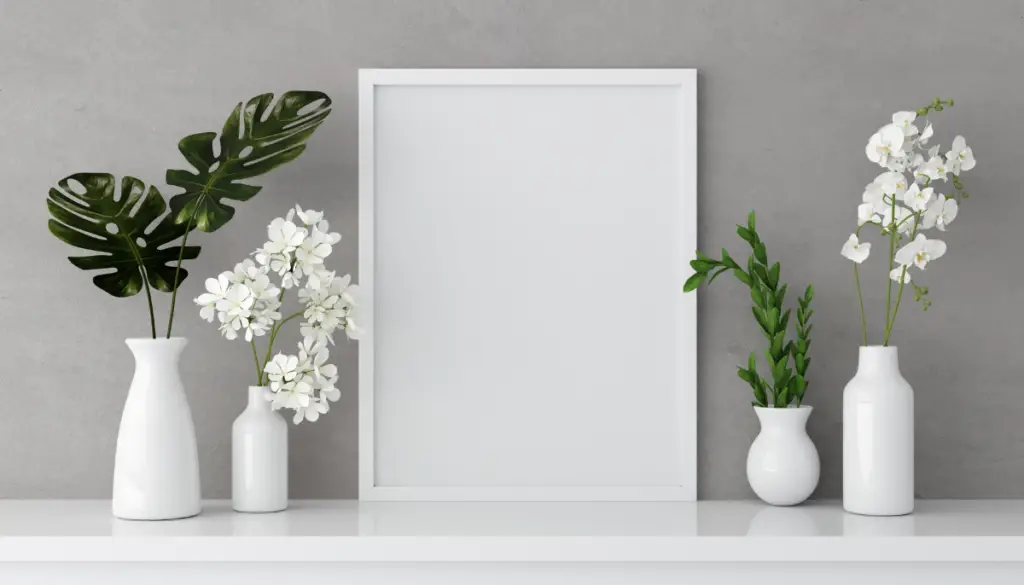
Also noteworthy is the Functionalism movement that emerged in the 20th century, reflecting Scandinavia’s ideology of simplicity, functionality, and affinity with nature. This is particularly evident in the works of Finnish architect Alvar Aalto and Danish designer Arne Jacobsen. The trend heavily influenced the world of furniture and interior design, making Scandinavian design a global phenomenon.
Moreover, contemporary Scandinavian art continues this tradition of innovation and engagement with social and environmental issues. Artists like Danish-Icelandic Olafur Eliasson and Norwegian Børre Sæthre are known for their experimental, thought-provoking installations and artworks.
The Impact of Scandinavian Culture and Landscape on Art
The awe-inspiring beauty of the Scandinavian landscape plays a profound role in the art originating from this region. Artists, over time, have been mesmerized by the spectacular fjords, snow-clad mountains, and the mystical Aurora Borealis, attempting to encapsulate their homeland’s inherent splendor and harsh, yet compelling environment.
The rich and diverse Scandinavian culture, deeply rooted in folklore, community life, and an appreciation of simplicity, also molds the artistic aesthetic of this region. From the fantastical beings adorning Viking art, the relationship between human and nature in Renaissance art, to the stress on minimalistic functionality in contemporary design, traces of the Scandinavian life are visibly interwoven with its art, thus creating a unique and distinguishable artistic language.
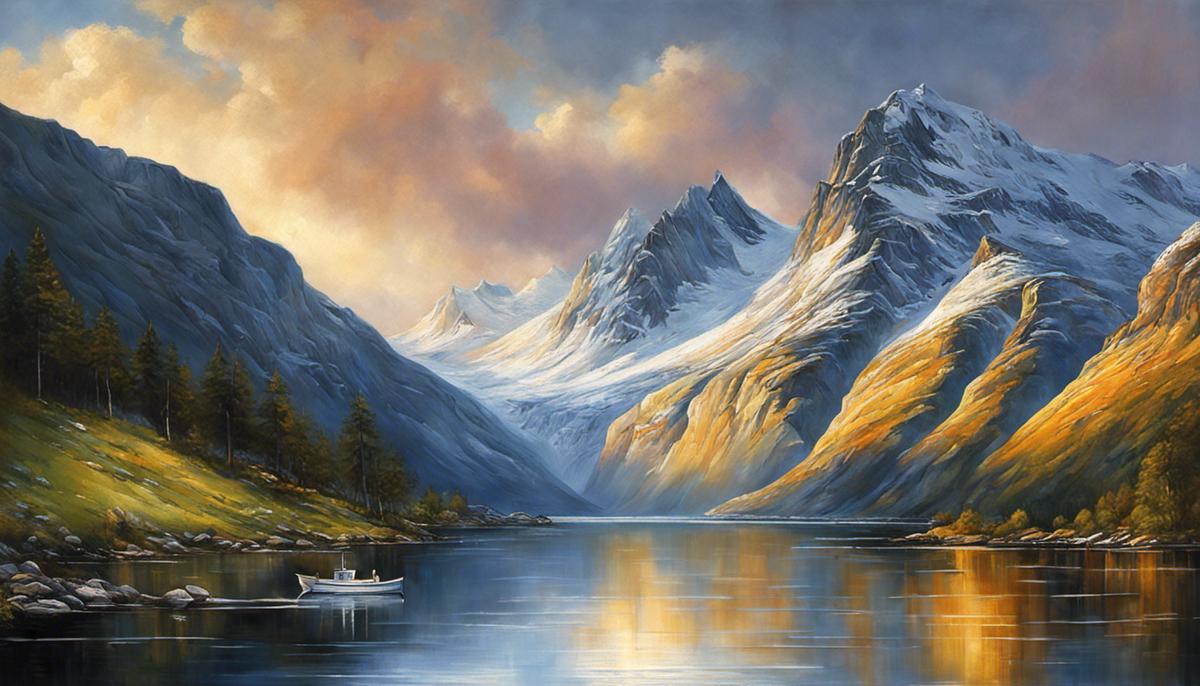
Key Movements and Themes in Scandinavian Art
The Rise of Romanticism in Scandinavian Art
One of the pivotal movements marking the evolution of Scandinavian art was Romanticism, which took center stage in the late 18th and early 19th centuries. Romanticism catered to emotional depth and individualistic expression, dramatically glorifying the natural world’s grandeur and majesty. Artists during this era aimed to trigger strong emotional reactions from viewers, typically achieved through intense and emotive interpretations of nature. A leading name in this movement was Johan Christian Dahl, the distinguished Norwegian painter. Often referred to as the pioneer of Norwegian landscape painting, Dahl’s creations usually depict Norwegian landscapes, skillfully blending romantic allure and the sublime might of nature.
Realism in Scandinavian Art
Following Romanticism, Realism began to take shape in the mid-to-late 19th century. Realist artists strived to depict their subjects truthfully, without idealization. Realism in Scandinavian art is characterized by scenes of everyday life, with a focus on the struggles and realities of the lower classes. One of the most prominent Scandinavian realist artists is the Danish painter Vilhelm Hammershoi, who is best known for his quiet, introspective interiors.

Modernism in Scandinavian Art
Around the turn of the 20th century, Scandinavian artists began to experiment with modernist ideas, breaking away from traditional forms of representation. The movements associated with Modernism in Scandinavian art are diverse, including Symbolism, Expressionism, and later, Functionalism. Internationally renowned artist Edvard Munch, a Norwegian painter and printmaker, is perhaps the most famous Scandinavian modernist. His best-known work, “The Scream” is an iconic piece of world art, representing the anxiety of the human condition.
Expressionism in Scandinavian Art
Expressionism, as part of the broader Modernism movement, emerged in the early 20th century. This movement favored representing emotional experiences, rather than physical reality. In Scandinavian art, Expressionism was often used to address themes of melancholy, existential anxiety, and the hardships of modern life. Norwegian painter Edvard Munch and Swedish artist Isaac Grünewald are notable for their expressionist works.
Key Themes in Scandinavian Art
Themes often seen in Scandinavian art include nature, melancholy, light, and social realism. The theme of nature reflects the strong relationship Scandinavians have with their natural environment. Melancholy and existentialism are often present, possibly reflecting the harsh northern climate and long winters. The use of light is also crucial in Scandinavian art, with many artists attempting to capture the unique Nordic light. Furthermore, social realism reflects the region’s longstanding tradition of social equality and welfare.

Social Realism in Scandinavian Art
In the late 19th and early 20th centuries, Scandinavian artists began focusing on social realism, depicting the everyday lives of ordinary people and societal issues. Artists like Christian Krohg and Anna Ancher provided insightful social commentary, using their art to highlight problems like poverty and inequality. This theme continues to resonate in contemporary Scandinavian art.
Scandinavian art — from its Romanticism roots to Social Realism, and beyond — provides a unique perspective on the rich culture, history, and core values of the Nordic countries.
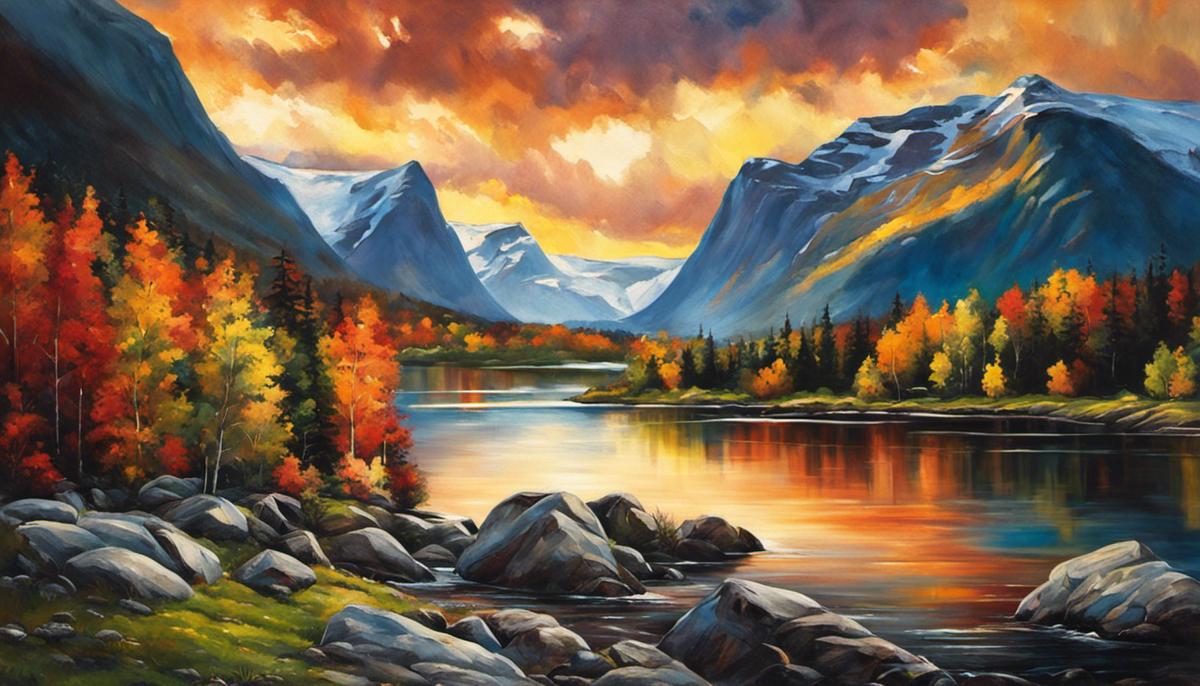
Notable Artists and Their Works
Edvard Munch
A notable figurehead in Scandinavian art is the globally-acclaimed Norwegian artist, Edvard Munch. His artistic trajectory, which spanned from Impressionism to Symbolism, is especially renowned for exploring themes such as love, anxiety, death, and illness. Munch’s iconic “The Scream”, painted in 1893, is considered a masterpiece in the art world. The painting vividly captures a figure in profound distress against a tumultuous backdrop, epitomizing his Expressionist style that prioritizes raw emotional expression. Munch’s unique artistic vision significantly influenced 20th-century Expressionism, making his contribution to art, especially Scandinavian art, indispensable.
Carl Larsson
Carl Larsson, born in Sweden in 1853, is another prominent name in Scandinavian art known for his atypical style that combined elements of Arts and Crafts and Art Nouveau stylistic trends. Larsson’s paintings often revolve around his familial settings, displaying the warmth and idyllic nature of domestic life. His extensive series, “A Home”, won him international recognition. The series includes around 200 watercolors depicting his home and family and offers an intimate glance into his personal life. Larsson’s focus on domestic life and his distinctive style had a significant impact on Swedish art adding a new dimension to the Scandinavian art scene.
Vilhelm Hammershøi
Another key pillar of Scandinavian art heritage, Danish artist Vilhelm Hammershøi, born in 1864, was known for his muted color palette and serene interiors. His work, often compared with Dutch figure painting, transcends the boundaries of time and space, drawing the viewer in with its understated elegance. Hammershøi’s most famous paintings are his poetic depictions of sunlight passing through his apartment’s windows in Copenhagen – striking in their tranquility and emotional depth. His contribution to Scandinavian art lies in his ability to present the mundane in a beautiful and contemplative way, exploring the subtlety of colors and light.

Harald Sohlberg
Harald Sohlberg, born in 1869, is a respected artist from Norway known for his landscape paintings. His unique style combines clear, sharp lines with rich and unusual color combinations. “Winter Night in the Mountains” is often considered the pinnacle of Sohlberg’s career, deeply reflecting his inspiration from nature and his love for his homeland. Sohlberg’s art has a mystical quality that sets him apart from many of his contemporaries. His unique approach to color and his fascination with the natural world have significantly enriched the realm of Scandinavian art.
Scandinavian art, with its distinct characteristics and styles, has seen numerous artists making substantial contributions. Each of these artists have channelled their ingenuity in pushing the envelope of style, form, and content. Their unorthodox approaches have not only elevated the recognition of Scandinavian art but have also instigated a widespread appreciation on the global stage, thus creating a lasting footprint in the realm of art.

Scandinavian Art in the Contemporary Scene
This art style, hailing from the Scandinavian geographical region – specifically Norway, Sweden, and Denmark, has garnered a significant place in the contemporary art scene. The art across these countries has brilliantly managed to intertwine traditional themes and artistic expressions with modern influences. This blend is influencing artists worldwide and creating ripples in art institutions, asserting the significance of Scandinavian aesthetics.
Contemporary Scandinavian Art: An Interplay of Tradition and Progression
In terms of contemporary Scandinavian art, it offers a unique blend of traditional expressions along with modern interpretive perspectives. The art scene is richly rooted in cultural and historical context, while simultaneously keeping pace with global trends. The artists work with a diverse range of mediums, from painting and sculpture to installations, pushing the boundaries of classical concepts of art and creativity.
Art Institutions and Scandinavian Art
Several art institutions, both within Scandinavia and beyond, play essential roles in promoting and presenting Scandinavian art on the international stage. These institutions, such as Moderna Museet in Sweden, The National Museum of Art, Architecture and Design in Norway, and Louisiana Museum of Modern Art in Denmark, are vital in offering global platforms for Scandinavian artists. They enrich the international art community’s understanding of Scandinavian visual culture through exhibitions, research, and collections which often narrate a dialogue between the traditions and ongoing advancements in the art world.

Art Market and Global Influence of Scandinavian Art
2020 witnessed a surge in the popularity of Scandinavian art in the international market, thanks primarily to soaring online sales, reflecting a growing global interest. Contemporary Scandinavian art is gaining increasing recognition, fetching considerable prices at auctions and attracting prominent art collectors worldwide.
Beyond the market value, the influence of Scandinavian art also lies in its distinct visual vocabulary and philosophical underpinnings. It offers a poignant commentary on social issues, human relationships, and environmental concerns. This contemporary art encourages viewers to reflect, engage and connect, leaving a lasting impact on the global art scene.
Impacts on Traditional Art Themes
The contemporary Scandinavian artists redefine the traditional themes by fusing them with modern interpretations. For instance, the theme of nature, central to traditional Scandinavian art, has been rendered with a novel lens in contemporary works. Whether it’s exploring the effects of climate change or questioning the human relationship with the environment, artists have interpreted these age-old themes in innovative and thought-provoking ways.
In conclusion, the contemporary Scandinavian art scene is a dynamic landscape, intricately weaving tradition with modernity and local with global. It is a testament to the continued evolution, profound impact, and global recognition of Scandinavian art in the current era.
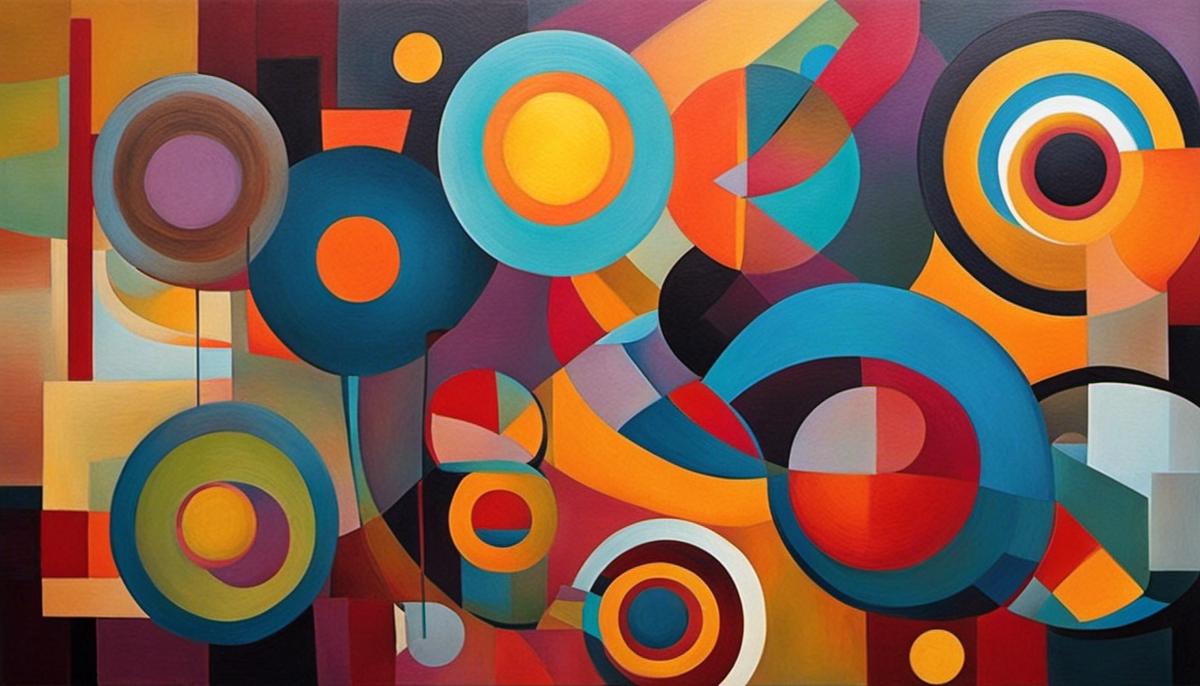
As we navigate through the essence of Scandinavian art, from historical masterpieces to contemporary creations, we come to appreciate its distinctive characteristics – the recurrent themes, the unmistakable influence of its culture and environment, and the voices of its artists that echo through time. Emerging from the shadows of European art, Scandinavian art has swept across the global stage, showcasing its relevance and the timeless beauty of its themes. Unraveling this artistic journey brings into focus not just the vibrant panorama of Scandinavian art, but also the richness it continues to add to the global art scene.

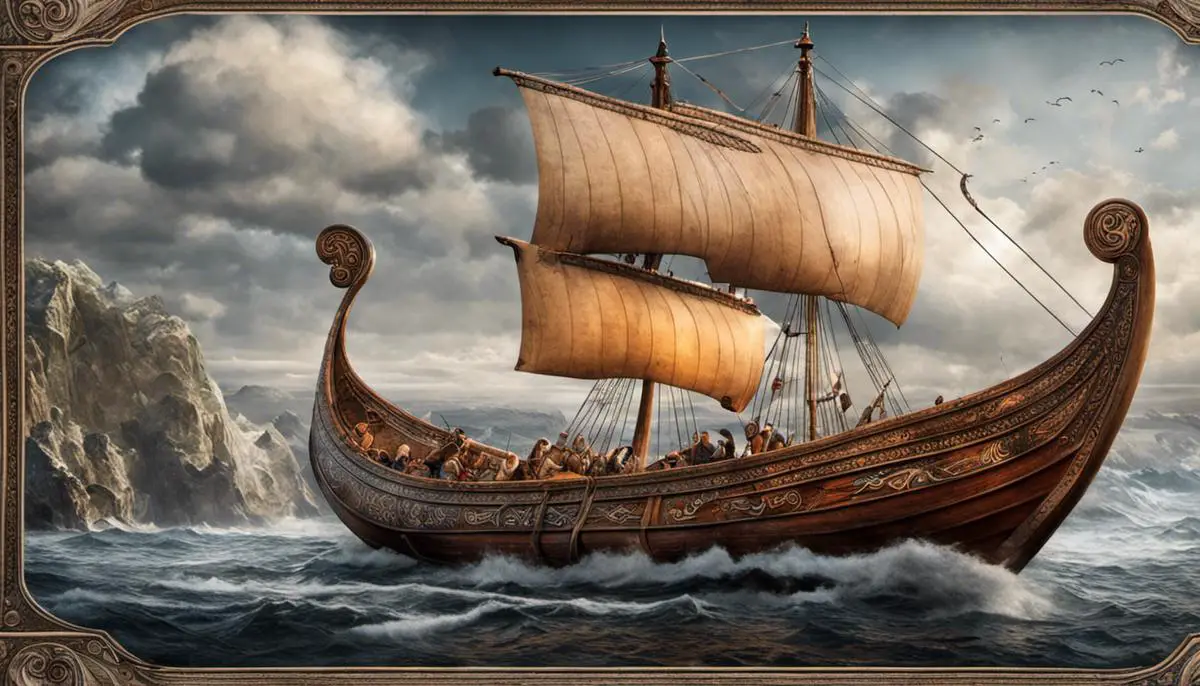
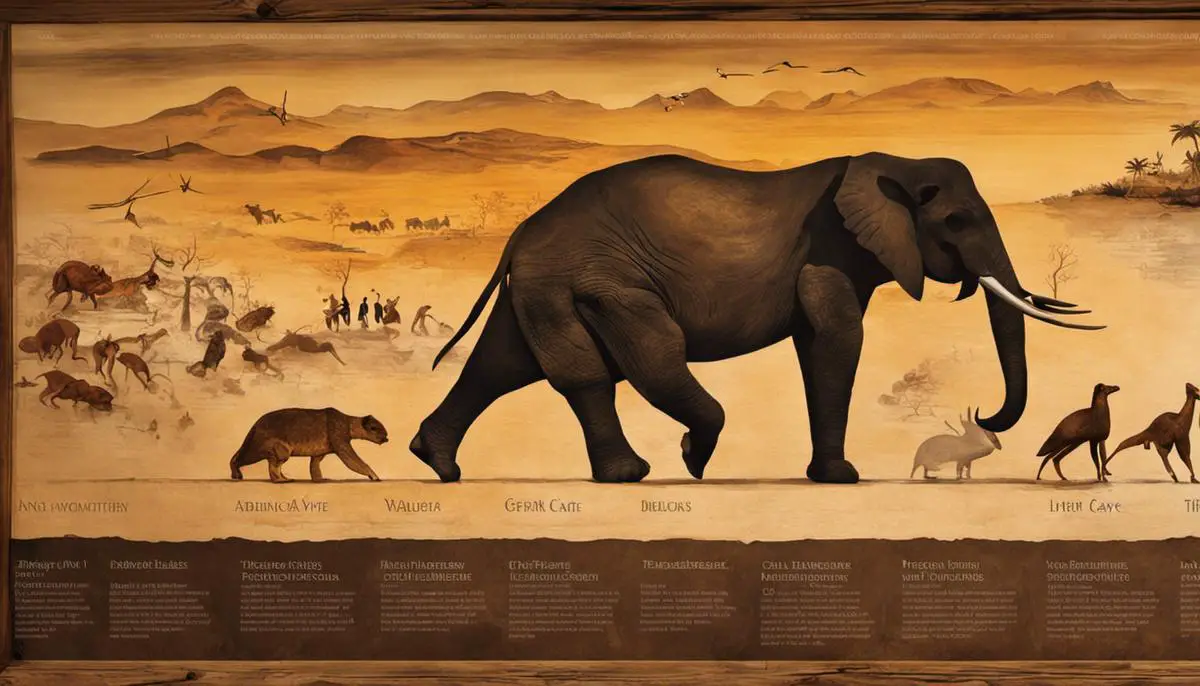
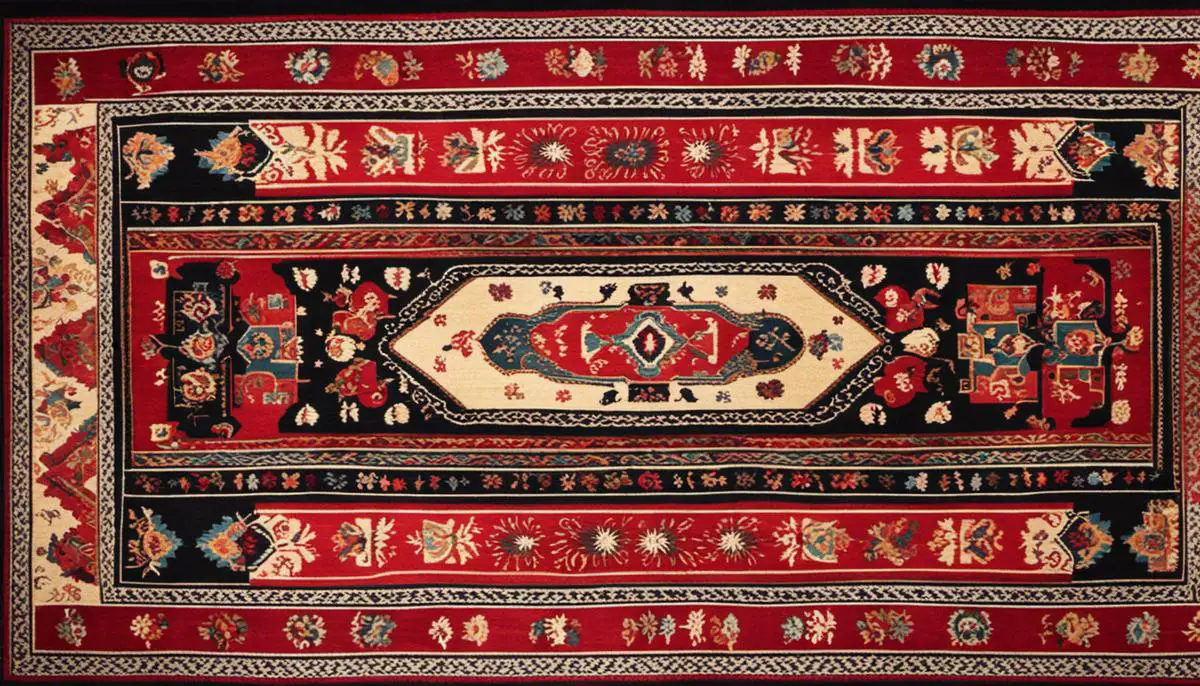
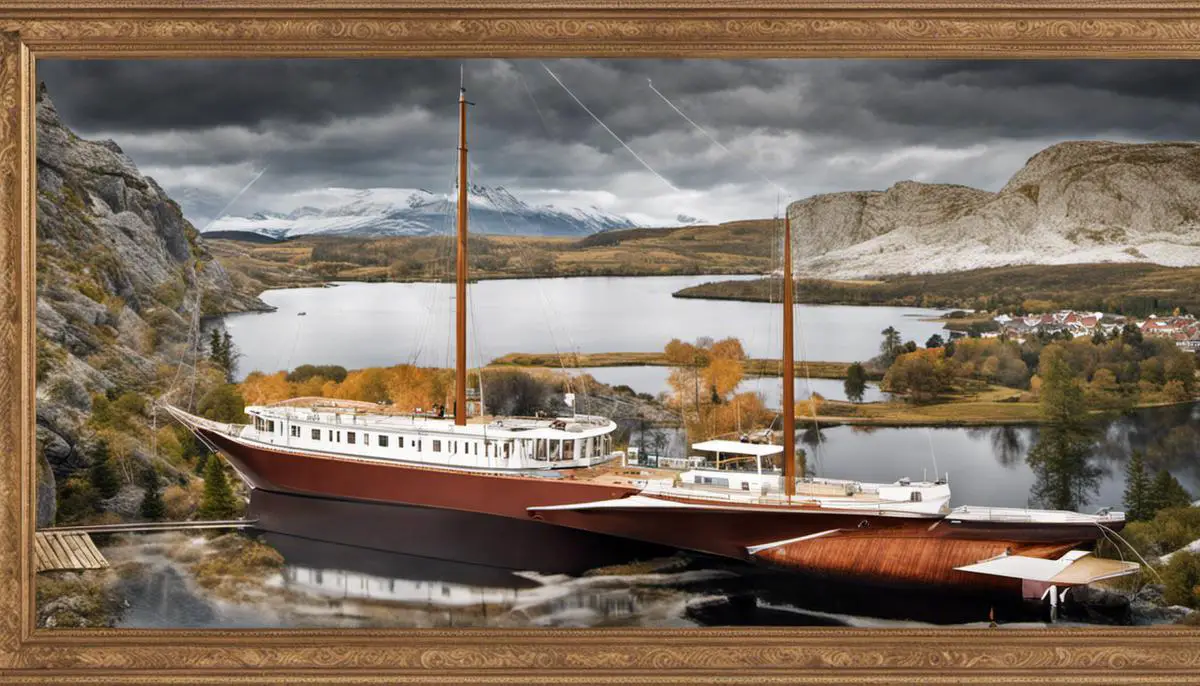

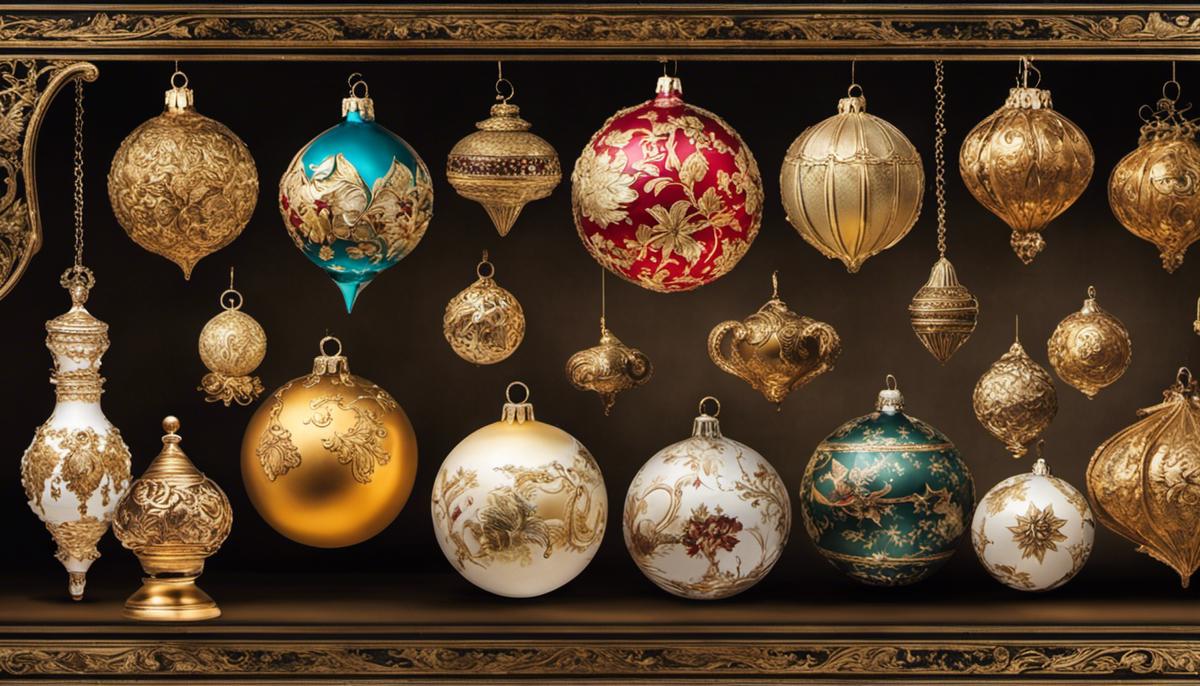
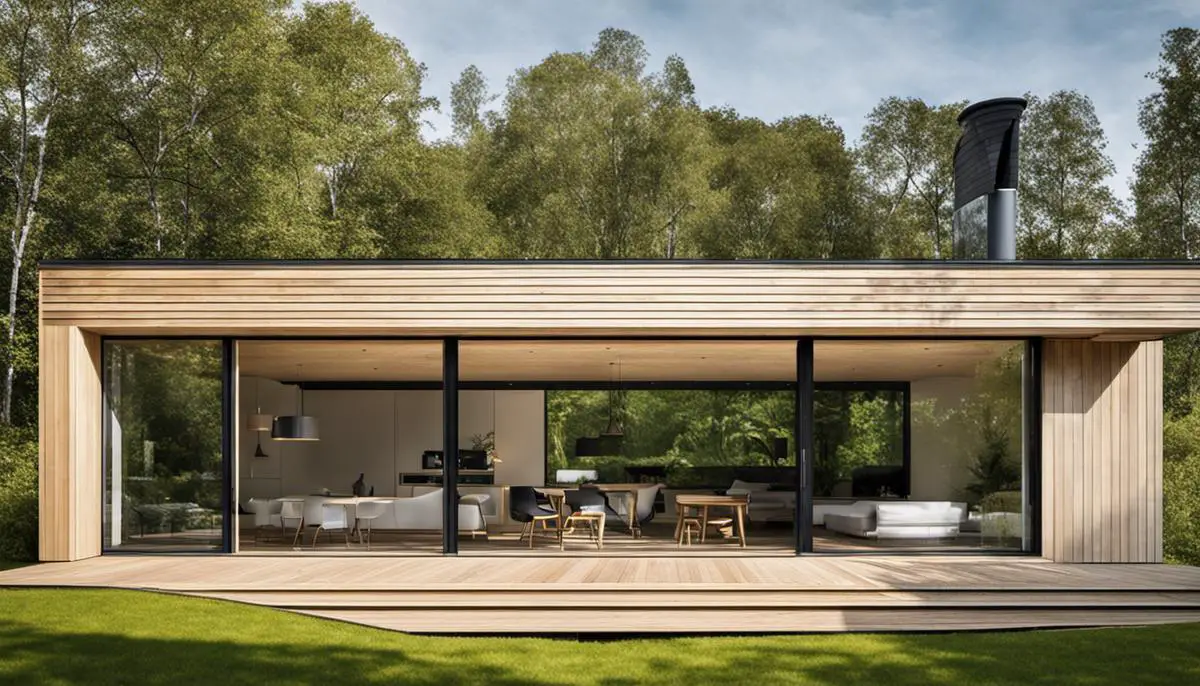
Leave a Reply